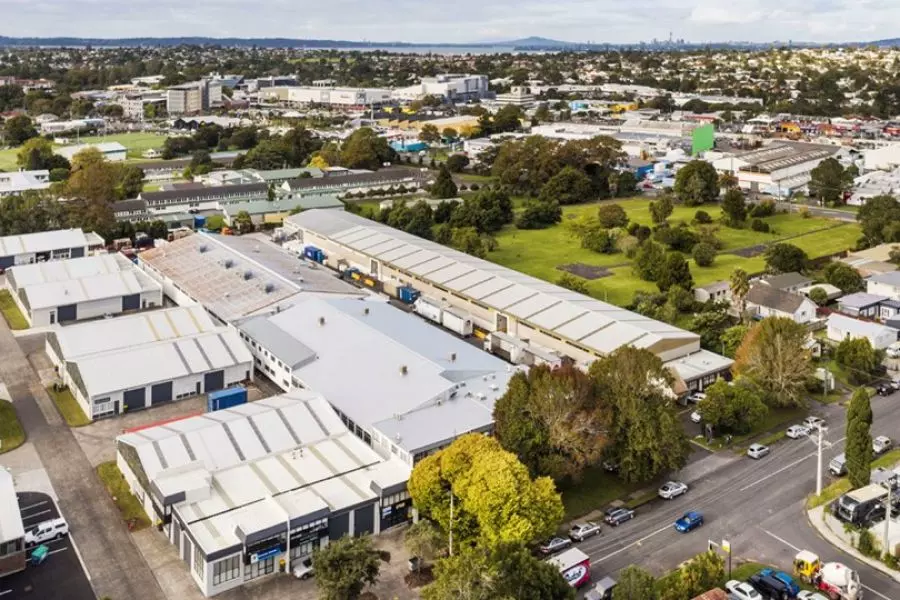
News
Commercial property returns all-time high

Thursday 24th of June 2021
Across all sectors, industrial and large format retail are at the top of investors’ wish lists.
Total returns for industrial property tipped 21.8% over the year to March, the highest total recorded since the inception of MSCI’s industrials index in 1994.
The other standout performer over the year has been the large format retail sector. Over the year to March, the se...
Want to read the full article?
Click the button below to subscribe and will have unlimited access to full article and all other articles on the site.





![[The Wrap] Bye Bye Bayly](https://goodreturns.publit.io/file/c_fill,w_900,h_600/39f23ac1-f7c7-4854-b700-a150004ebbac.webp)


